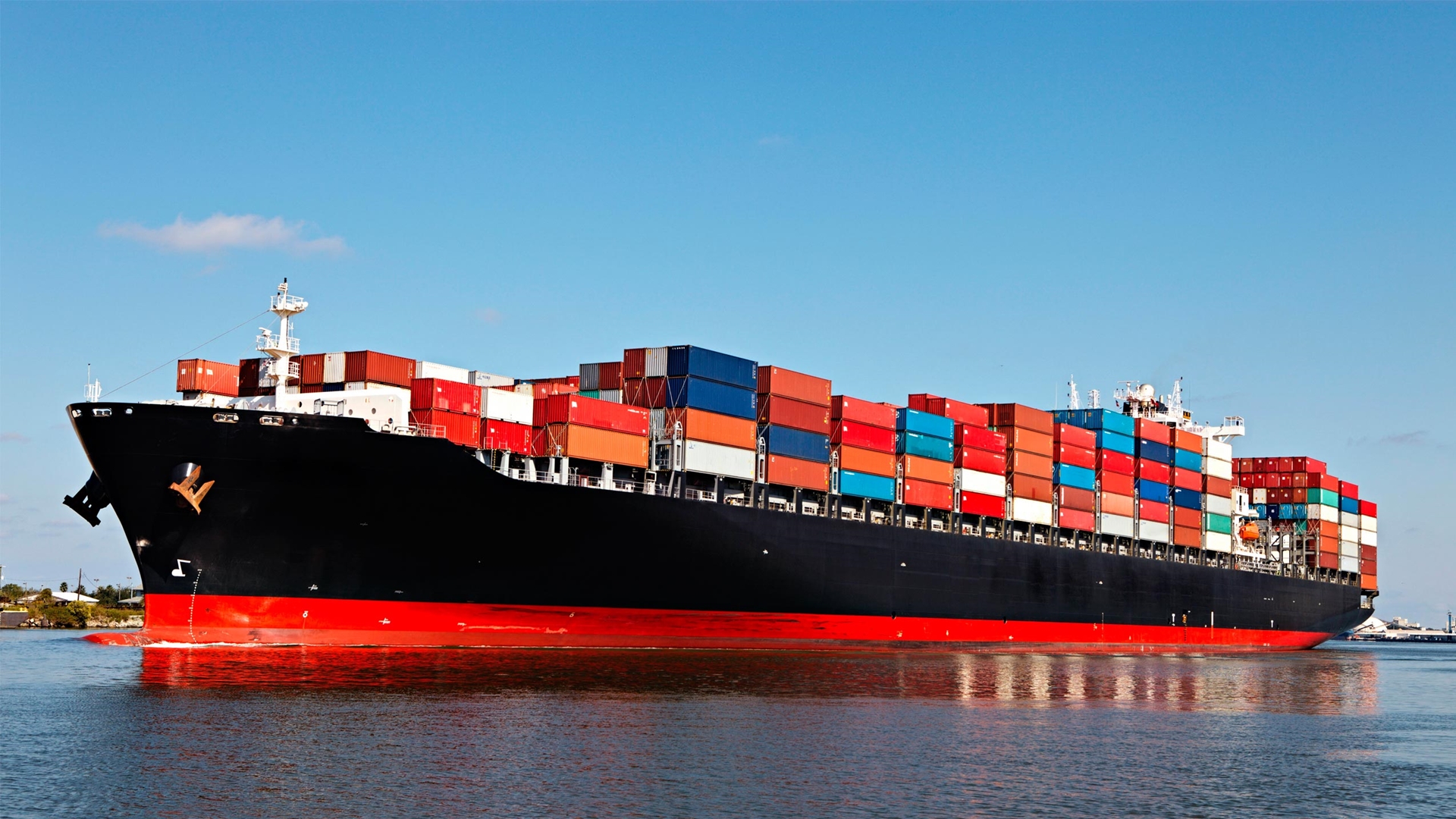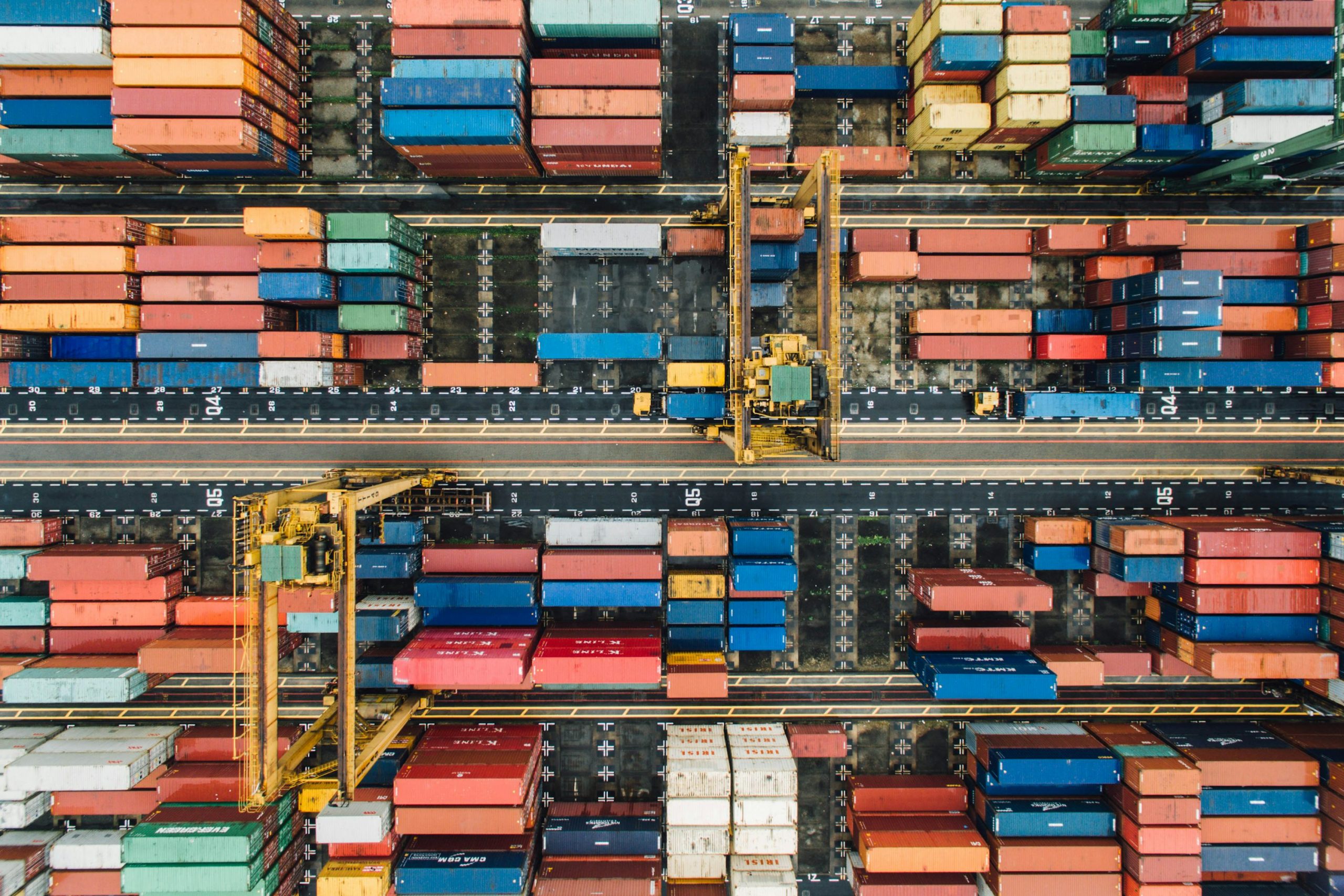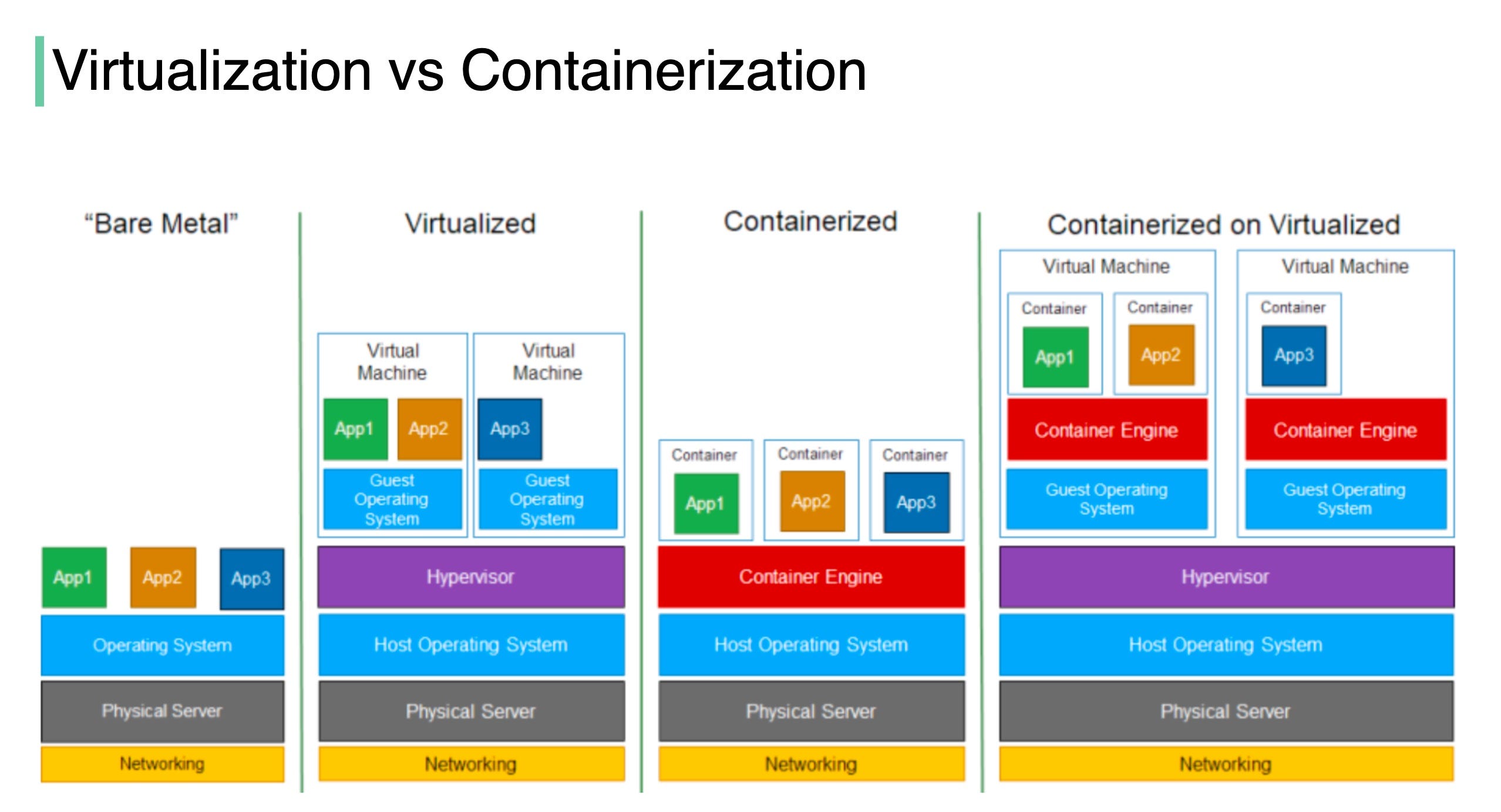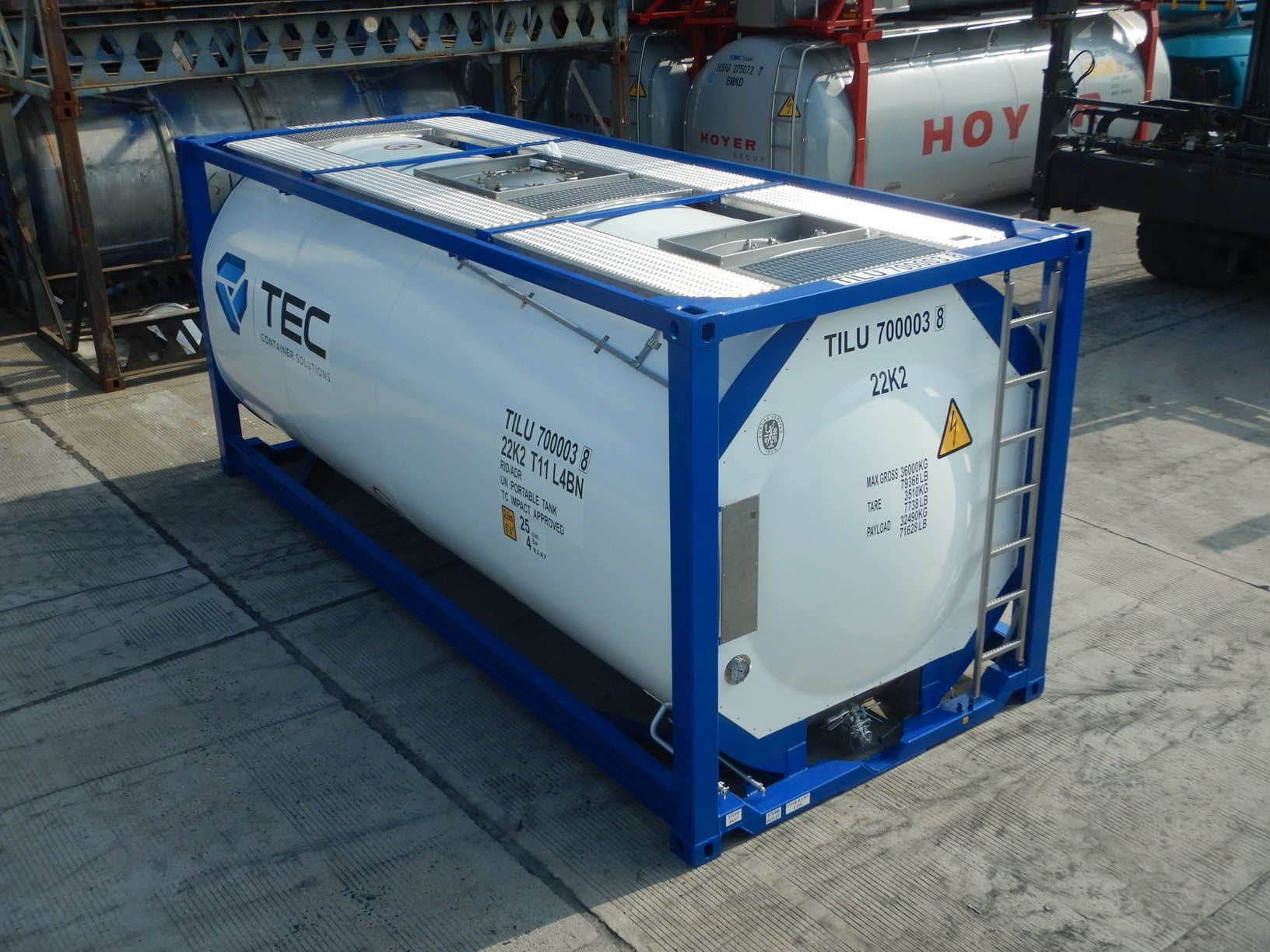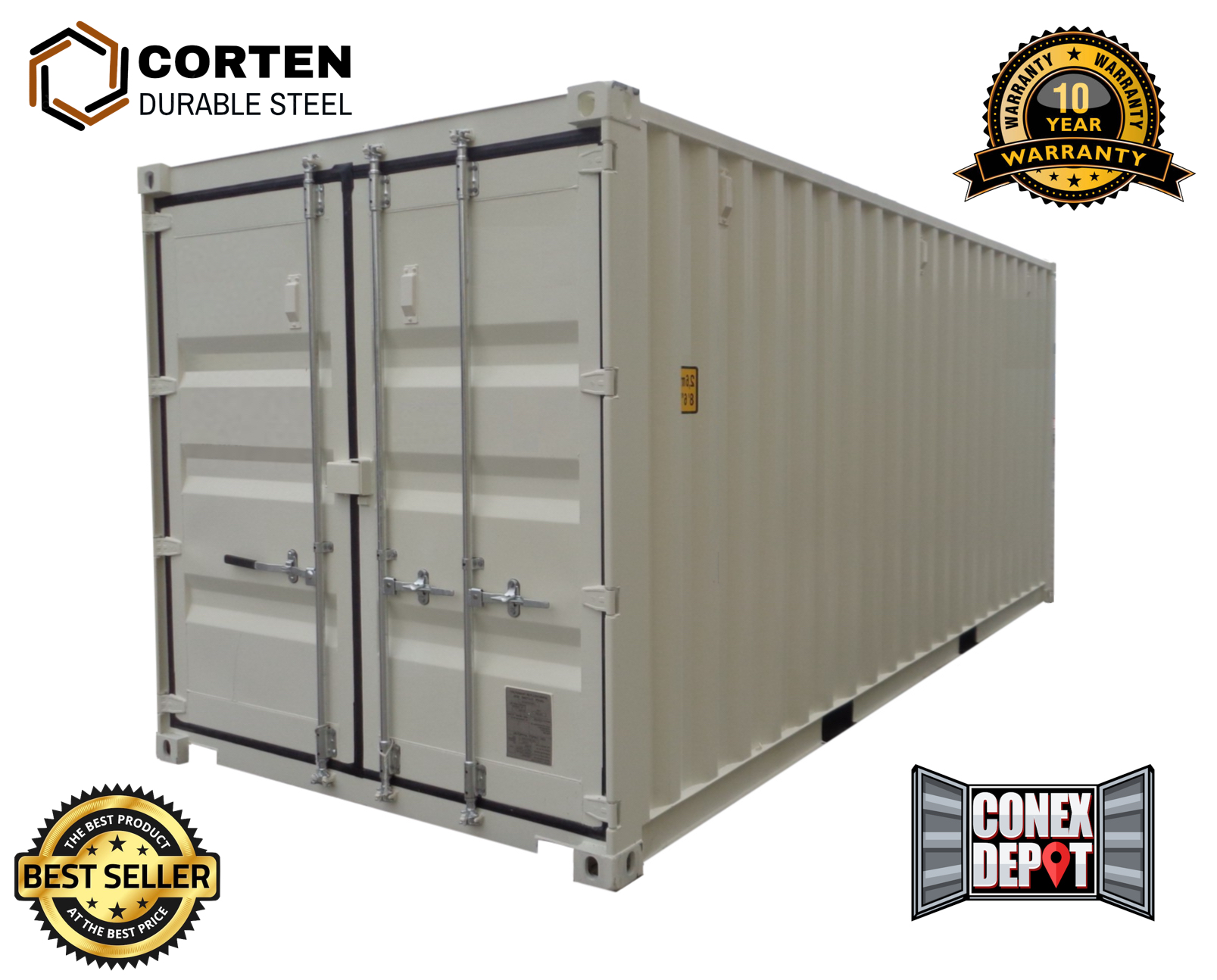Sea freight is the transportation of goods by ship. It’s a crucial component of the global supply chain, responsible for moving massive quantities of goods across oceans.
Key Types of Sea Freight
- Container Shipping: The most common method, involving the transportation of goods in standardized containers.
- Bulk Shipping: Transporting unpackaged goods like coal, grains, and ores.
- Tanker Shipping: Transporting liquid cargo, such as oil, gas, and chemicals.
The Importance of Sea Freight
- Global Trade: Sea freight is the backbone of global trade, connecting economies and cultures.
- Economic Growth: It contributes to economic growth by enabling the efficient movement of goods.
- Energy Supply: It ensures the supply of energy resources like oil and gas.
- Consumer Goods: It delivers a wide range of consumer goods to markets around the world.
Challenges and Future Trends
The shipping industry faces several challenges:
- Port Congestion: Increased shipping volumes can lead to congestion at ports, causing delays and disruptions.
- Environmental Impact: Shipping emissions contribute to air pollution and climate change.
- Security Threats: Piracy and terrorism pose risks to the security of ships and cargo.
To address these challenges, the industry is adopting innovative solutions:
- Digitalization: Using technology to track and manage shipments.
- Sustainability: Investing in cleaner fuels and more efficient ships.
- Automation: Implementing automation technologies to improve efficiency and reduce costs.
The future of sea freight is bright, with ongoing innovations driving the industry forward. As global trade continues to grow, sea freight will remain a vital component of the global economy.

